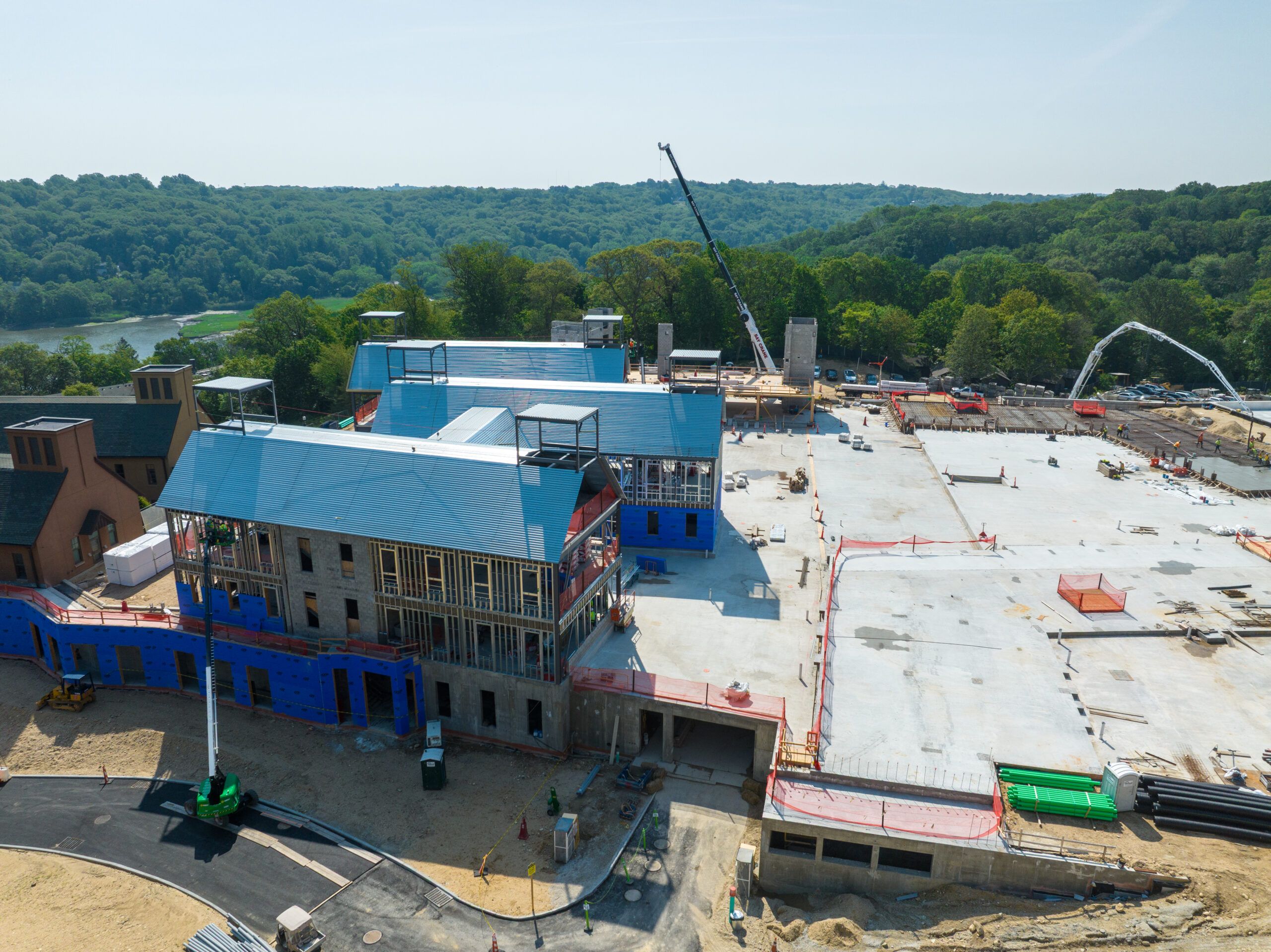Everyone has a story to tell. Your life experiences, lessons, and memories are valuable, and writing an autobiography is a powerful way to share them with others. Whether you want to document your personal journey for family, inspire others with your experiences, or publish your story for the world to read, knowing how to write an autobiography is the key to crafting a compelling and meaningful narrative.
If you’re struggling with where to begin, a story starter generator can be a helpful tool to kickstart your writing process. In this guide, we’ll take you through a step-by-step approach to writing an autobiography, from brainstorming key moments in your life to refining your final draft.
1. Understanding What an Autobiography Is
Before you begin writing, it’s important to understand what an autobiography is and how it differs from other life-story formats:
- Autobiography: A detailed account of your entire life, from childhood to the present, written in your own words.
- Memoir: Focuses on specific themes, events, or periods of your life rather than the entire timeline.
- Biography: Written by someone else about your life.
Since an autobiography covers a broad timeline, it requires careful structuring and thoughtful storytelling to keep readers engaged.
2. Define Your Purpose and Audience
Before you start writing, ask yourself:
- Why are you writing your autobiography? Is it to leave a legacy, inspire others, or share personal growth experiences?
- Who is your audience? Are you writing for family, friends, the general public, or a niche group?
Defining your purpose and audience will help shape the tone, structure, and content of your autobiography.
3. Use a Story Starter Generator to Overcome Writer’s Block
One of the biggest challenges of writing an autobiography is figuring out where to start. A story starter generator can provide helpful prompts to get your ideas flowing.
Here are some prompts a generator might suggest:
- “The moment that changed my life forever was…”
- “One of the biggest lessons I learned as a child was…”
- “If I could go back and relive one day in my life, it would be…”
By selecting a prompt that resonates with you, you can dive into a specific memory or experience to begin shaping your story.
4. Brainstorm Key Life Events
Make a list of significant moments in your life, including:
- Early Childhood: Family background, upbringing, and formative experiences.
- Adolescence: Education, friendships, struggles, and defining moments.
- Adulthood: Career, relationships, travels, personal achievements, and challenges.
- Lessons Learned: Major turning points, personal growth, and wisdom gained over time.
Organizing these events will help you create a structure for your autobiography.
5. Choose a Narrative Structure
Autobiographies can be structured in different ways, depending on how you want to tell your story:
a. Chronological Order
This is the most traditional format, starting from childhood and moving forward through life’s key moments.
b. Thematic Approach
Instead of following a strict timeline, you organize your autobiography around major themes, such as resilience, family, success, or overcoming hardships.
c. Flashback Style
Begin with a defining moment in your life, then use flashbacks to explore past events that led to that moment.
d. Question-and-Answer Format
Answering common questions about your life in an interview-style format can be engaging and easier to write.
Using a story starter generator can help you test different approaches by providing prompts that fit different narrative styles.
6. Find Your Unique Voice and Tone
Your autobiography should sound like you. The best autobiographies are authentic, engaging, and personal. Keep in mind:
- Write conversationally: Imagine you’re telling your story to a friend.
- Be honest: Readers connect with vulnerability and authenticity.
- Add humor and emotion: Life has ups and downs—reflect this in your writing.
If you’re unsure about how to begin, a story starter generator can help you find a strong opening sentence that sets the tone for your autobiography.
7. Show, Don’t Just Tell
Instead of simply stating facts, bring your experiences to life with vivid descriptions and storytelling techniques.
Example 1: Telling (Less Engaging)
“My childhood was difficult, and I often felt alone.”
Example 2: Showing (More Engaging)
“At six years old, I would sit by the window for hours, watching the neighborhood kids play, longing for the courage to join them. The cold glass against my cheek was a comfort, a barrier between me and a world that felt just out of reach.”
Using sensory details and emotions makes your story more immersive.
8. Keep Your Readers Engaged with Conflict and Resolution
Every great story has challenges and triumphs. Share obstacles you faced and how you overcame them. This not only makes your autobiography more compelling but also provides valuable lessons for readers.
For example, instead of simply stating:
“I struggled with self-doubt for years but eventually gained confidence.”
You could write:
“For years, self-doubt followed me like a shadow, whispering that I wasn’t good enough. It wasn’t until I failed spectacularly and survived that I realized failure wasn’t the end, but the beginning of self-discovery.”
This storytelling technique makes your experiences relatable and inspiring.
9. Edit and Revise Your Draft
Once you’ve written your first draft, the real work begins. Here’s how to refine your autobiography:
- Take a break: Step away from your writing for a few days before revising.
- Read it aloud: This helps catch awkward phrasing and inconsistencies.
- Check for clarity and flow: Ensure each chapter or section transitions smoothly.
- Remove unnecessary details: Keep your story focused and engaging.
- Seek feedback: Ask a trusted friend, family member, or editor to review your draft.
A story starter generator can also help you refine sections where you feel stuck by offering alternative ways to start a chapter or transition between events.
10. Consider Publishing Options
Once your autobiography is polished, decide how you want to share it:
Traditional Publishing
- Submit your manuscript to literary agents or publishers.
- Requires patience but offers professional editing, marketing, and distribution.
Self-Publishing
- Platforms like Amazon Kindle Direct Publishing (KDP) allow you to publish independently.
- Gives you full control over content, cover design, and pricing.
Personal Distribution
- Print copies for family and friends.
- Create a blog or website to share chapters over time.
No matter which path you choose, your story has the potential to inspire and leave a lasting impact.
Final Thoughts: Start Writing Your Story Today
Learning how to write an autobiography is about more than documenting facts—it’s about capturing your essence, sharing wisdom, and leaving a meaningful legacy. By using a story starter generator, you can overcome writer’s block, find inspiration, and create a narrative that truly reflects your journey.











